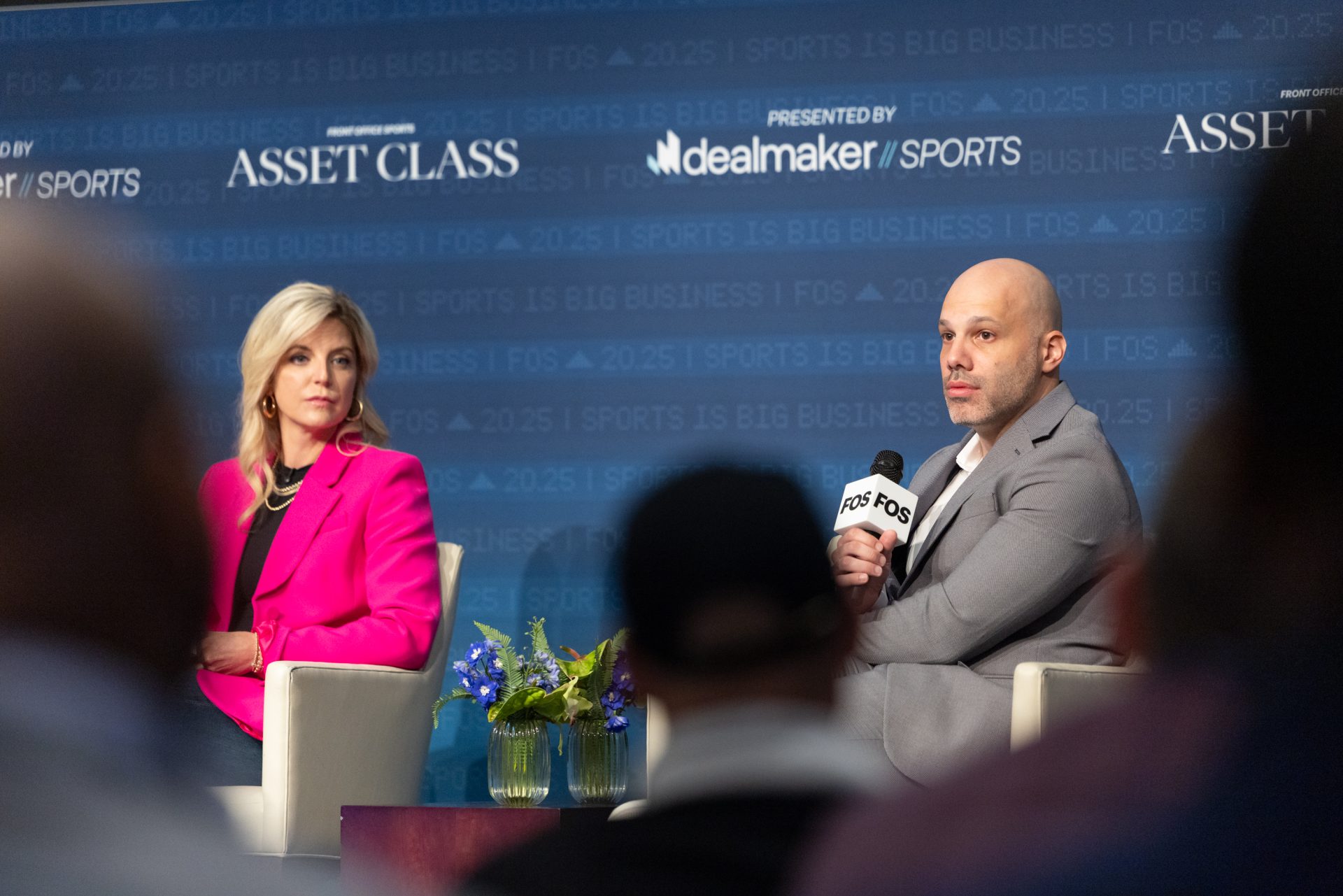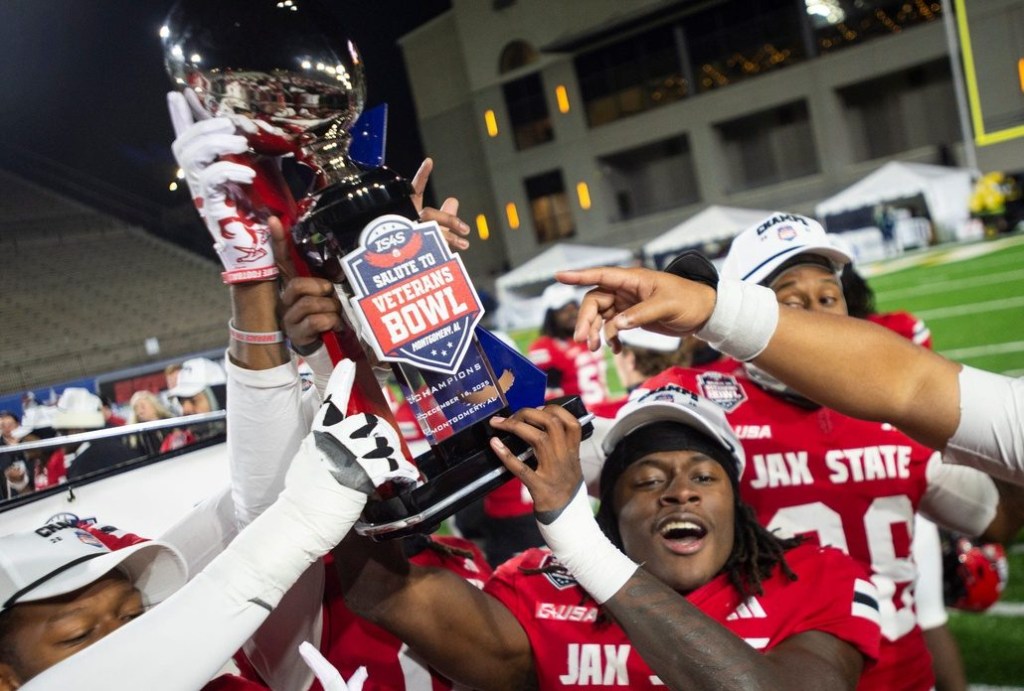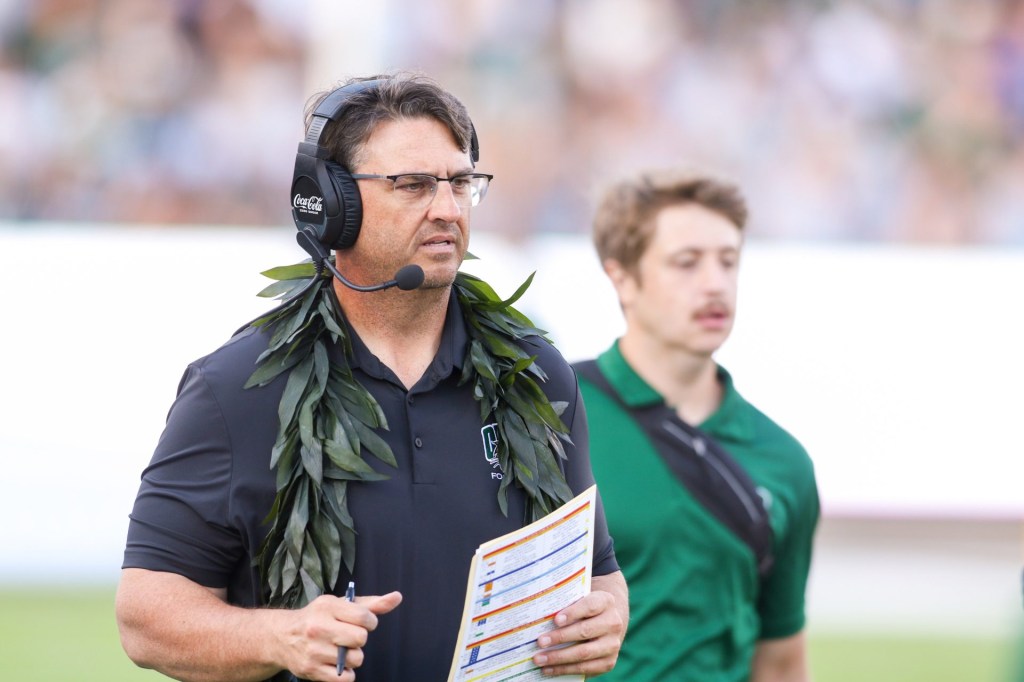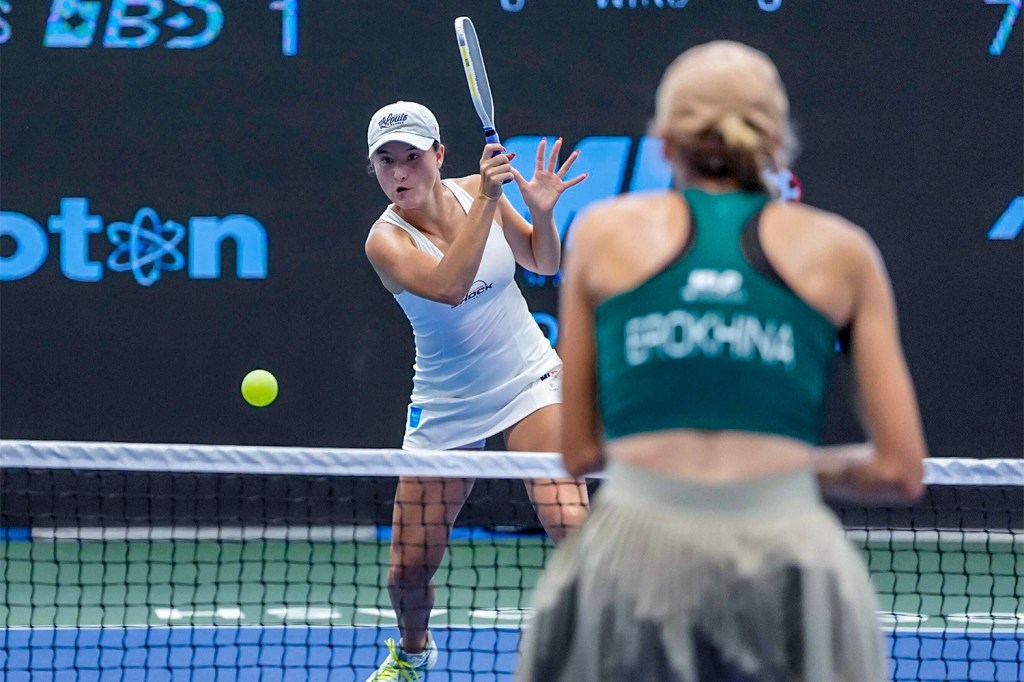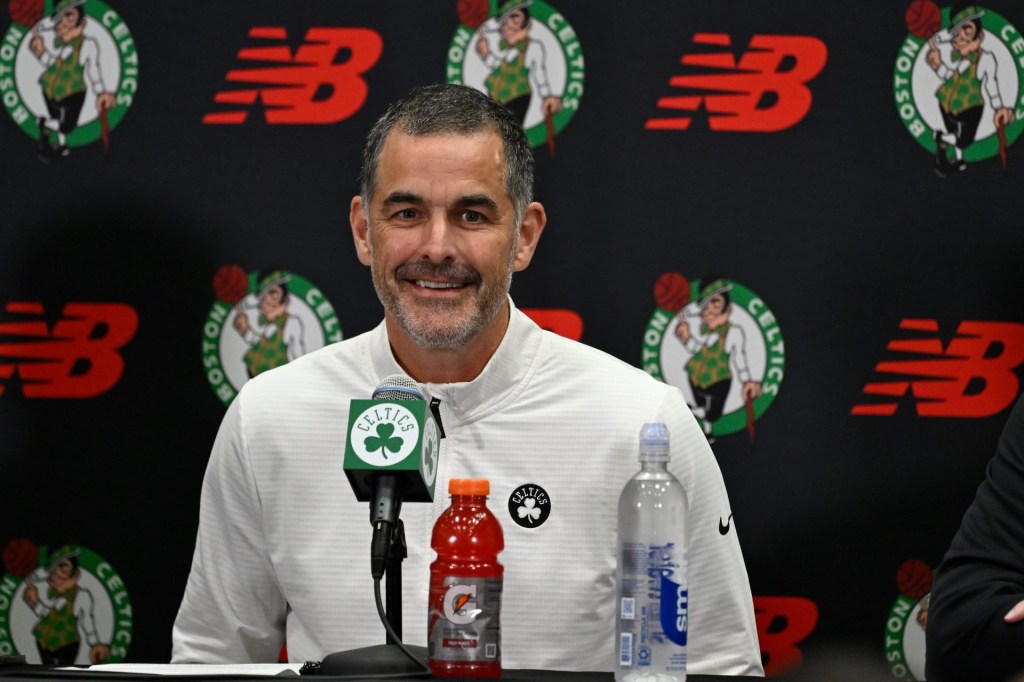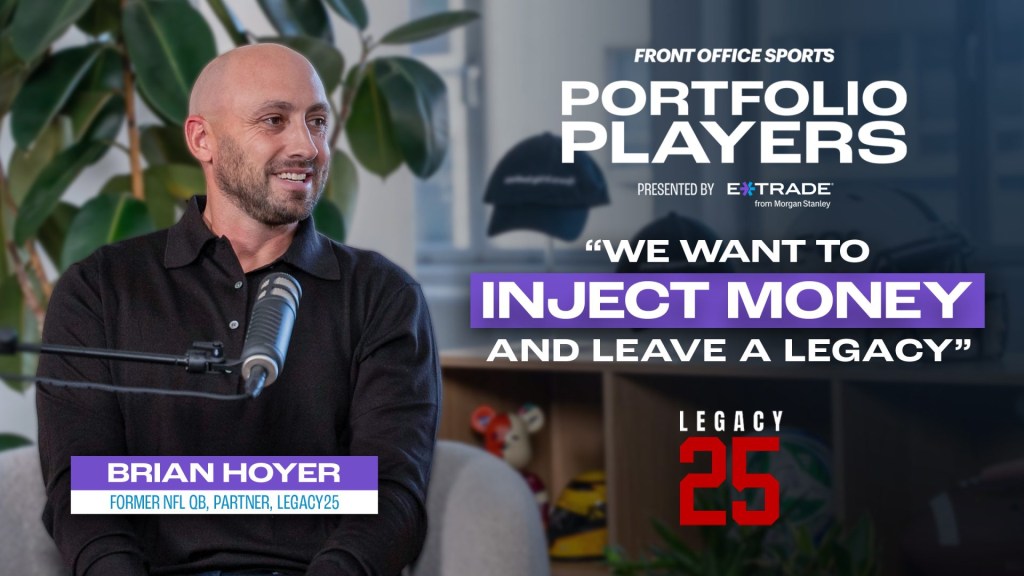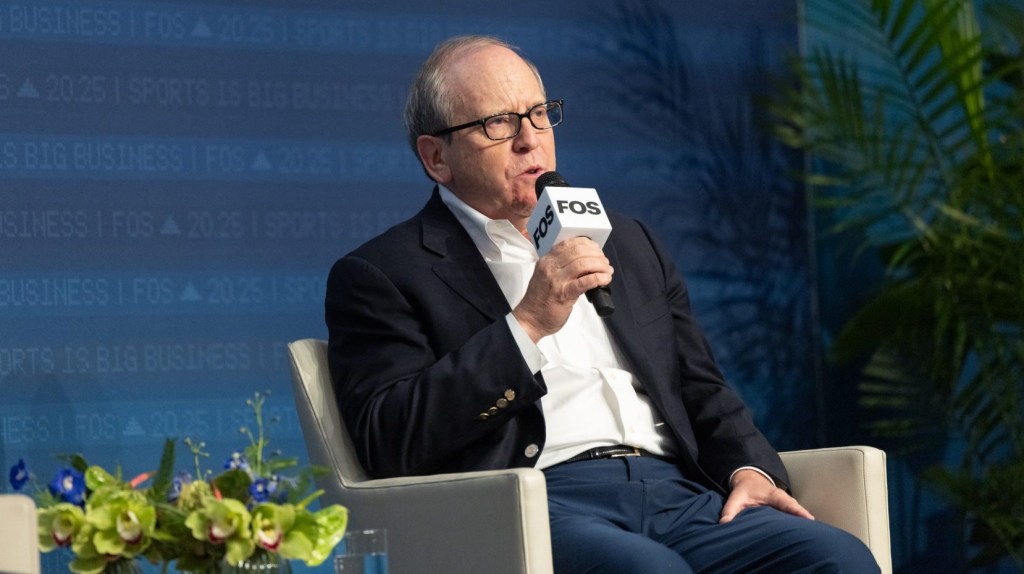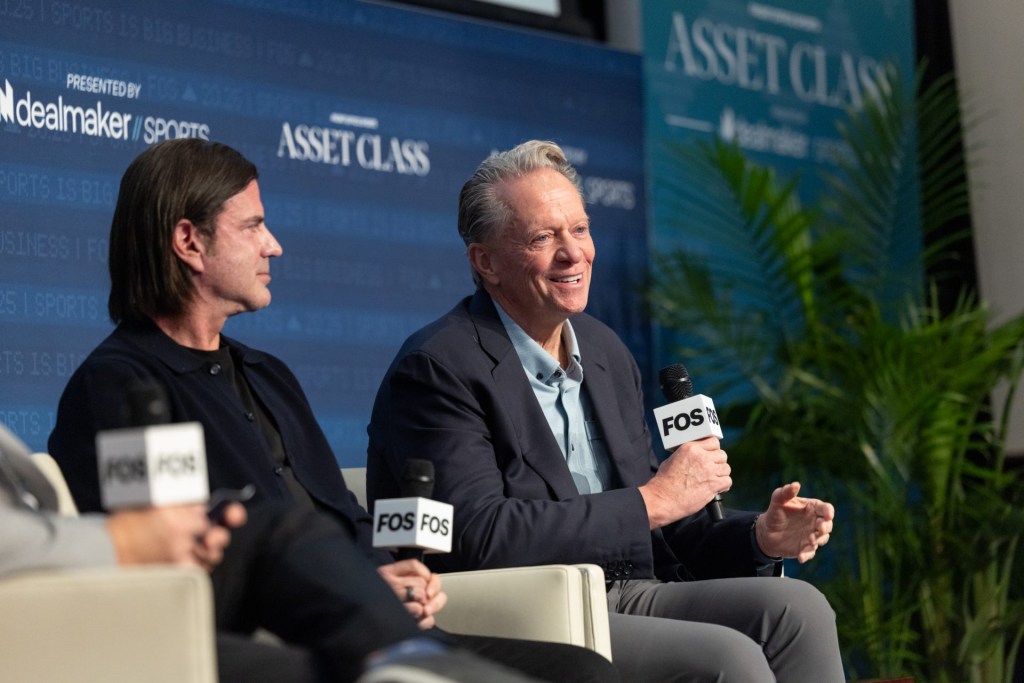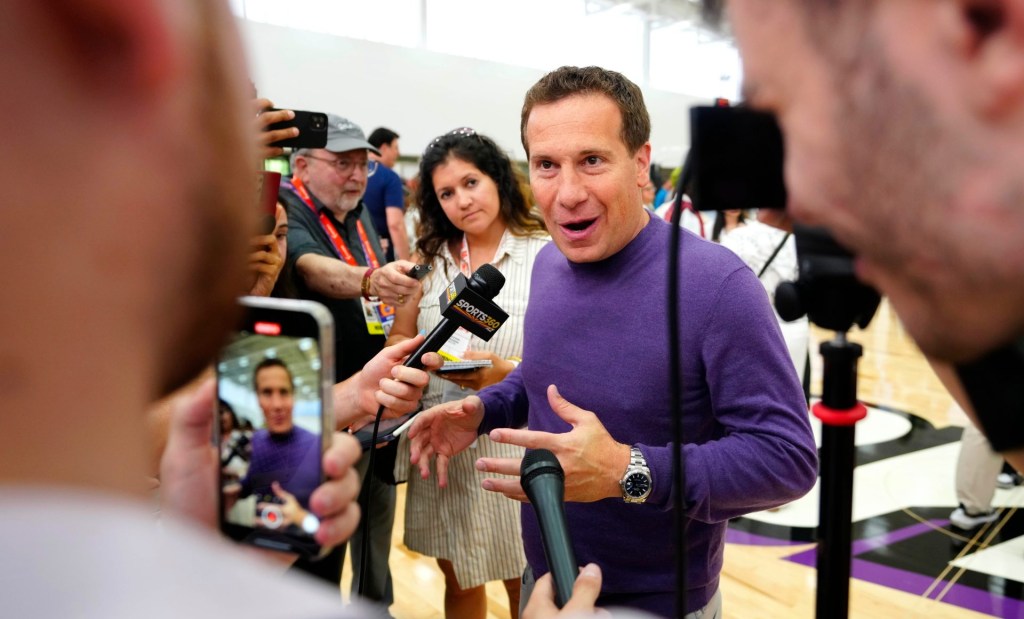Experts agree that college sports will start receiving major infusions of private capital, but while the opportunity is massive, the challenges are just as big.
The sentiment that college sports is on the precipice of entering into private-capital deals was shared by speakers across multiple panels at the inaugural Front Office Sports Asset Class summit in New York. The idea should come as no surprise. For weeks, there’s been a drip-drop of reporting about a potential private-capital deal for the Big Ten, although University of Michigan board members are opposed. Meanwhile, the Big 12 explored potential private-equity deals earlier this year, although for now that conference has hit the brakes.
According to Jason Belzer of Sequence Equity, “College sports is the next frontier.”
“If this Big Ten [deal] happens, it’s gonna open up the floodgates,” he said at the summit. “But I think the floodgates are gonna open up regardless.”
That’s because there are numerous schools and conferences that “realize they need help,” and a ton of private capital “waiting on the sidelines,” he said.
During Belzer’s panel, all three participants—Belzer, Kevin LaForce of RedBird Capital Partners, and DealMaker cofounder and CEO Rebecca Kacaba—picked college sports as their “hot buy.”
Still, despite the fact that both sides want it to happen, it’s been slow going. Not only that, but the narrative has shifted. At first, the idea was that there would be private-equity investments into college sports, but the word “equity” has recently been taken out of the equation.
“I like to joke, ‘Private credit is entering the chat,’” Kim Smith, chief capital formation officer at Andalusian Credit Partners, said during a different panel.
Experts agree that private-credit deals—which wouldn’t involve the capital provider taking an equity stake in the school or conference—are the cleanest way for private capital to enter college sports. Such deals are structured as loans, with investors providing financing, collecting interest, and getting repaid. The arrangements tend to carry less risk and fewer restrictions than equity, although returns are not as compelling, since lenders don’t share as much in the big upside of college sports’ commercial growth.
“The potential to lend to these universities, there’s tremendous opportunity for college sports, and even more so for the athletes,” Smith said, alluding to NIL (name, image, and likeness) deals her firm has been exploring.
Any infusion of private capital comes with risk, however, and there are sensitivities about academic institutions getting into bed with firms. When it comes to deals involving conferences, as opposed to individual schools, several factors can slow down the process. With the Big Ten, for example, there are schools at the top tier, like Ohio State, Penn State, and Michigan, which are “revenue-producing entities” that don’t necessarily need capital infusions, while on the other end of the spectrum, the Big Ten includes Rutgers, Maryland, and Purdue, all of which could use the money, Belzer said.
For schools like Ohio State and Michigan, “it’s like the Dallas Cowboys taking on money. What are they gonna do with it?” Belzer said.
While questions remain, the theme was clear: Private capital is coming for college sports. It’s just a matter of when, and how.
Veteran sports executive Dave Checketts, who is trying to raise $1.2 billion for a new fund focused on sports, said during one of the other panels that college sports is among the primary areas he wants to be in. He expects that a deal of some kind will get done with the Big Ten, although he acknowledged that “what’s happening in college sports is complicated.”
“I expect that we’ll be in college sports,” Checketts said. “It’s too big of an opportunity.”
Editors’ note: RedBird IMI, in which RedBird Capital Partners is a joint venture partner, is the primary investor in Front Office Sports.
